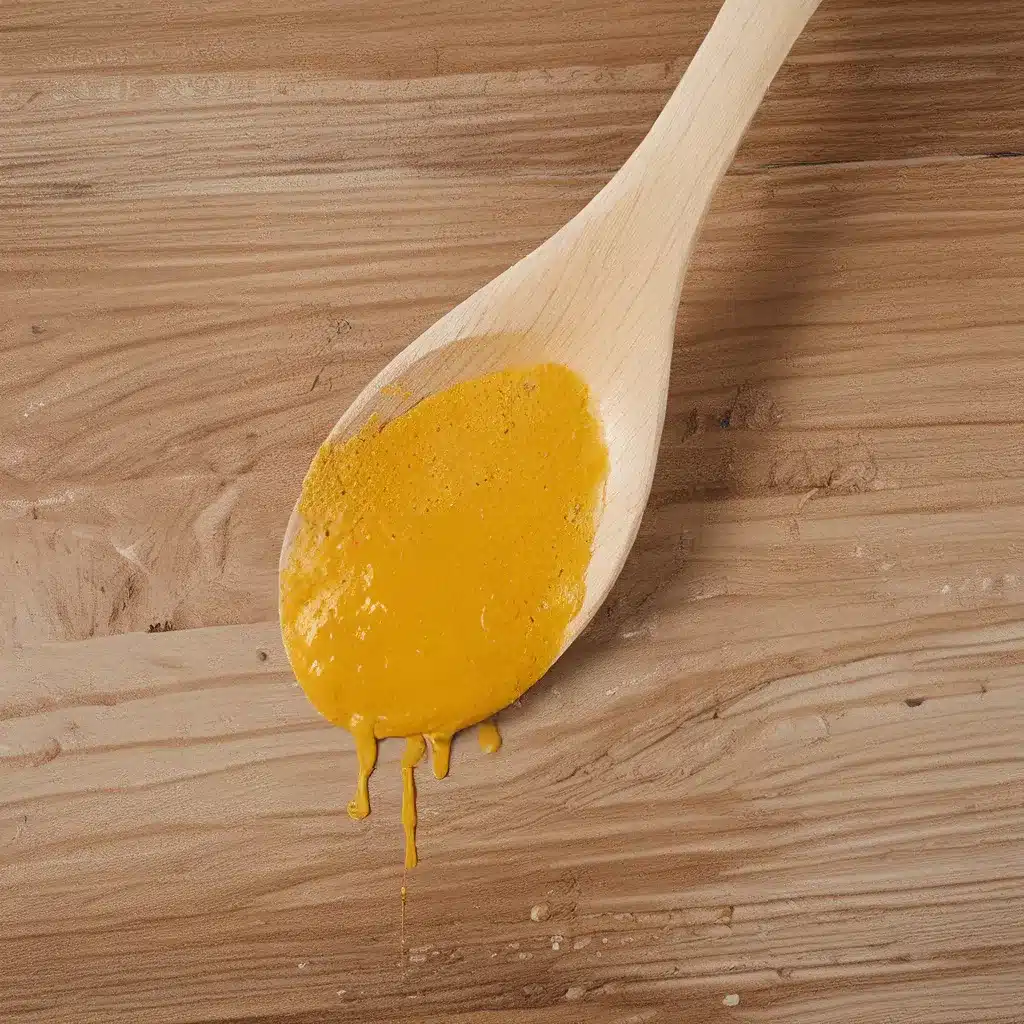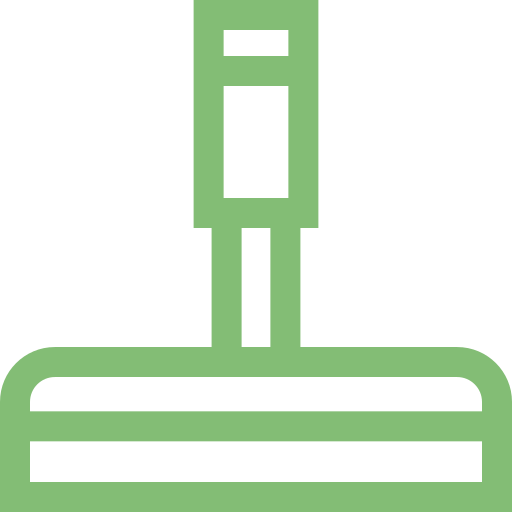
Introduction
As a parent, one of my top priorities is ensuring a safe and healthy environment for my child. With the increasing awareness of the potential hazards posed by conventional cleaning products, I have been exploring natural cleaning alternatives that can effectively maintain a clean home while minimizing the risks to my child’s well-being. In this article, I will delve into the world of natural cleaning, examining its benefits, addressing common concerns, and providing practical tips for incorporating these eco-friendly methods into your household routine.
The Dangers of Conventional Cleaning Products
Conventional cleaning products – contain – numerous synthetic chemicals. These chemicals – have been linked – various health concerns, including respiratory issues, skin irritations, and potential long-term effects on children’s development. The concern – heightened – when these products – used – in enclosed spaces or areas where children play or spend significant time.
Children – more vulnerable – the harmful effects of chemicals due to their developing bodies and higher respiratory rates. Exposure to these substances – lead – asthma, allergies, and even behavioral problems. Furthermore, many conventional cleaning products – contribute – indoor air pollution, which – detrimental – overall health.
The Benefits of Natural Cleaning
Natural cleaning methods – rely – ingredients derived from natural sources, such as vinegar, baking soda, and essential oils. These alternatives – offer – several advantages over conventional products:
-
Reduced Health Risks: Natural cleaning products – free – harsh chemicals, minimizing the risk of exposure to harmful substances for both children and adults.
-
Environmental Friendliness: Natural cleaning methods – gentle – on the environment, reducing the ecological footprint of your household.
-
Cost-Effective: Many natural cleaning solutions – inexpensive – and can be easily made at home using common household items.
-
Versatility: Natural cleaning products – suitable – for a wide range of cleaning tasks, from countertops and floors to laundry and dish washing.
Common Natural Cleaning Ingredients and Their Uses
Here are some common natural cleaning ingredients and their various applications:
-
Vinegar: A versatile ingredient with antibacterial and deodorizing properties. Vinegar – effective – for cleaning surfaces, removing stains, and unclogging drains.
-
Baking Soda: A gentle abrasive and deodorizer. Baking soda – useful – for scrubbing, deodorizing, and removing tough stains.
-
Lemon Juice: A natural bleaching agent and degreaser. Lemon juice – effective – for cleaning and disinfecting surfaces, removing stains, and freshening fabrics.
-
Essential Oils: Derived from plants, essential oils – provide – natural fragrance and antibacterial properties. Popular choices include tea tree oil, lavender oil, and lemon oil.
-
Castile Soap: A gentle, plant-based soap that – effective – for cleaning various surfaces, laundry, and dishes.
Creating Your Own Natural Cleaning Solutions
One of the advantages of natural cleaning – the ability – to create your own solutions using readily available ingredients. Here are a few simple recipes to get you started:
-
All-Purpose Cleaner: Mix equal parts water and vinegar in a spray bottle. Add a few drops of essential oil for fragrance (optional).
-
Bathroom Cleaner: Combine baking soda and water to form a paste. Apply the paste to surfaces, let it sit for a few minutes, and scrub with a damp cloth.
-
Floor Cleaner: Mix 1/4 cup of vinegar, 1/4 cup of baking soda, and 1 gallon of hot water. Add a few drops of essential oil for fragrance (optional).
-
Laundry Detergent: Grate a bar of castile soap and combine it with 1 cup of washing soda and 1 cup of baking soda. Use 1-2 tablespoons per load of laundry.
Safety Precautions and Tips
While natural cleaning products – generally safer – than conventional alternatives, it’s still important to exercise caution and follow these safety tips:
-
Keep Natural Cleaners Out of Reach: Store natural cleaning products in a secure location, away from children’s reach.
-
Label Containers: Clearly label any homemade cleaning solutions to avoid confusion or accidental ingestion.
-
Ventilate the Area: Ensure proper ventilation when using natural cleaning products, especially those containing essential oils or vinegar.
-
Patch Test for Allergies: Before using a new natural cleaning product, perform a patch test on a small, inconspicuous area to check for any allergic reactions.
-
Supervise Children: While natural cleaning products – generally safer, it’s still important to supervise children and prevent them from ingesting or misusing these products.
Incorporating Natural Cleaning into Your Routine
Transitioning to natural cleaning methods may require some adjustments, but the benefits make it worthwhile. Here are some tips to help you incorporate natural cleaning into your routine:
-
Start Small: Begin by replacing one or two conventional cleaning products with natural alternatives. This will help you gradually adjust to the new methods and assess their effectiveness.
-
Involve Your Children: Encourage your children to participate in the cleaning process using natural methods. This can teach them valuable lessons about environmental responsibility and personal care.
-
Establish a Cleaning Schedule: Create a cleaning schedule that incorporates natural cleaning routines, ensuring that all areas of your home receive regular attention.
-
Seek Inspiration: Explore resources such as blogs, books, or online communities dedicated to natural cleaning for additional tips, recipes, and inspiration.
-
Be Patient and Adaptable: Transitioning to natural cleaning may require some trial and error. Be patient and willing to adjust your methods until you find the optimal solutions for your household.
Conclusion
Embracing natural cleaning methods – a responsible choice – for the health and safety of your child, as well as the environment. By incorporating ingredients like vinegar, baking soda, and essential oils into your cleaning routine, you can maintain a clean and fresh home while minimizing exposure to harmful chemicals. Remember to exercise caution, label your homemade solutions, and involve your children in the process to instill eco-friendly habits from an early age. With a little effort and creativity, you can create a healthier living space for your family while contributing to a more sustainable future.






